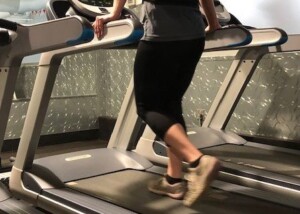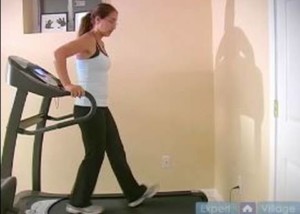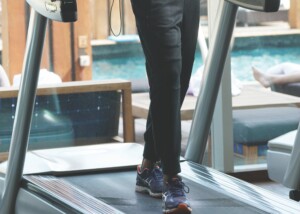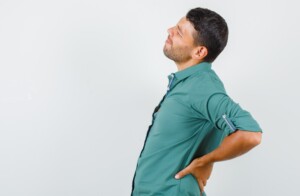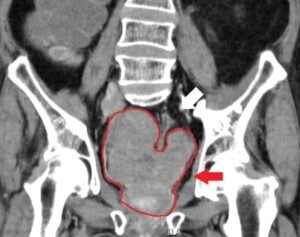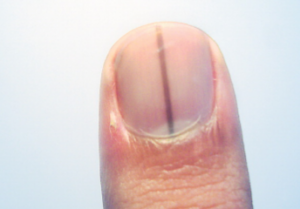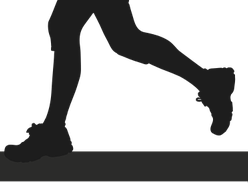
It’s rare to see someone jogging or running backwards on a treadmill.
But every time I see someone doing this, he or she is holding onto the rails!
This is a key point because when someone jogs, runs or walks backwards on a treadmill, but holds onto the rails, their posture and body alignment will be tossed off-whack.
You need not be a chiropractor to be able to observe this.
The irony is that nearly every person who does this appears to be in their 20s and 30s. So we can’t blame age-related knee pain or balance deficits.
It’s cool to jog backwards on a treadmill — but the whole purpose is defeated when you hold on.
If you choose to run backwards on a treadmill, don’t hold on.
If this means you must first practice at 1.5 mph, then so be it.
If you jog or run backwards on a treadmill without holding onto the rails, your posture will not only be forced to be upright with good body alignment, but it will be near perfect, as this is required to maintain balance and steadiness.
In fact, it would be difficult to run backwards on a treadmill with bad posture if you were not holding on!
I feel like a soldier when I’m trotting backwards because I’m so straight; this will happen to you, too, with the hands-off approach.
One need not be a natural athlete to accomplish this.
I had a client with no past athletic training, who was obese and in her early 50s, walking backwards without holding on.
The only thing that stopped her from jogging was osteoarthritis in her knee joints, in which the cartilage gets so worn down that there’s reduced shock absorption.
Why run backwards on a treadmill?
I sometimes do it to warm up for forward high intensity training.
I also do it to create a different pattern of muscle use. It also strengthens the knees.
I do not do it to burn more calories or emphasize the butt or hamstrings, because it will not accomplish any of these things.
Finally, I do it as part of my agility training.
Research Supports Backward Jogging
A study published in the Journal of Strength and Conditioning Research (Ordway et al, 2016) found that backward running improved forward running economy in trained male athletes, enhancing efficiency without altering VO₂ max or body composition.
Additionally, backward walking has been shown to reduce knee pain and improve balance and gait in people recovering from stroke.
We can easily deduce that for any individual, male or female, trotting or just walking backwards provides benefits, whether on a treadmill or in free space.
If you want to jog or run backwards on a treadmill, give it a try, but proceed very gradually; get used to reverse walking first.

